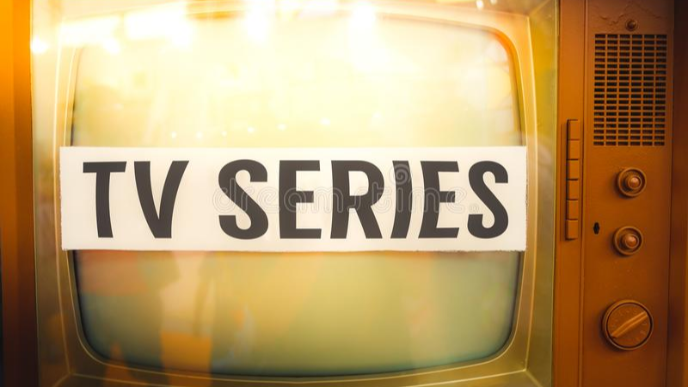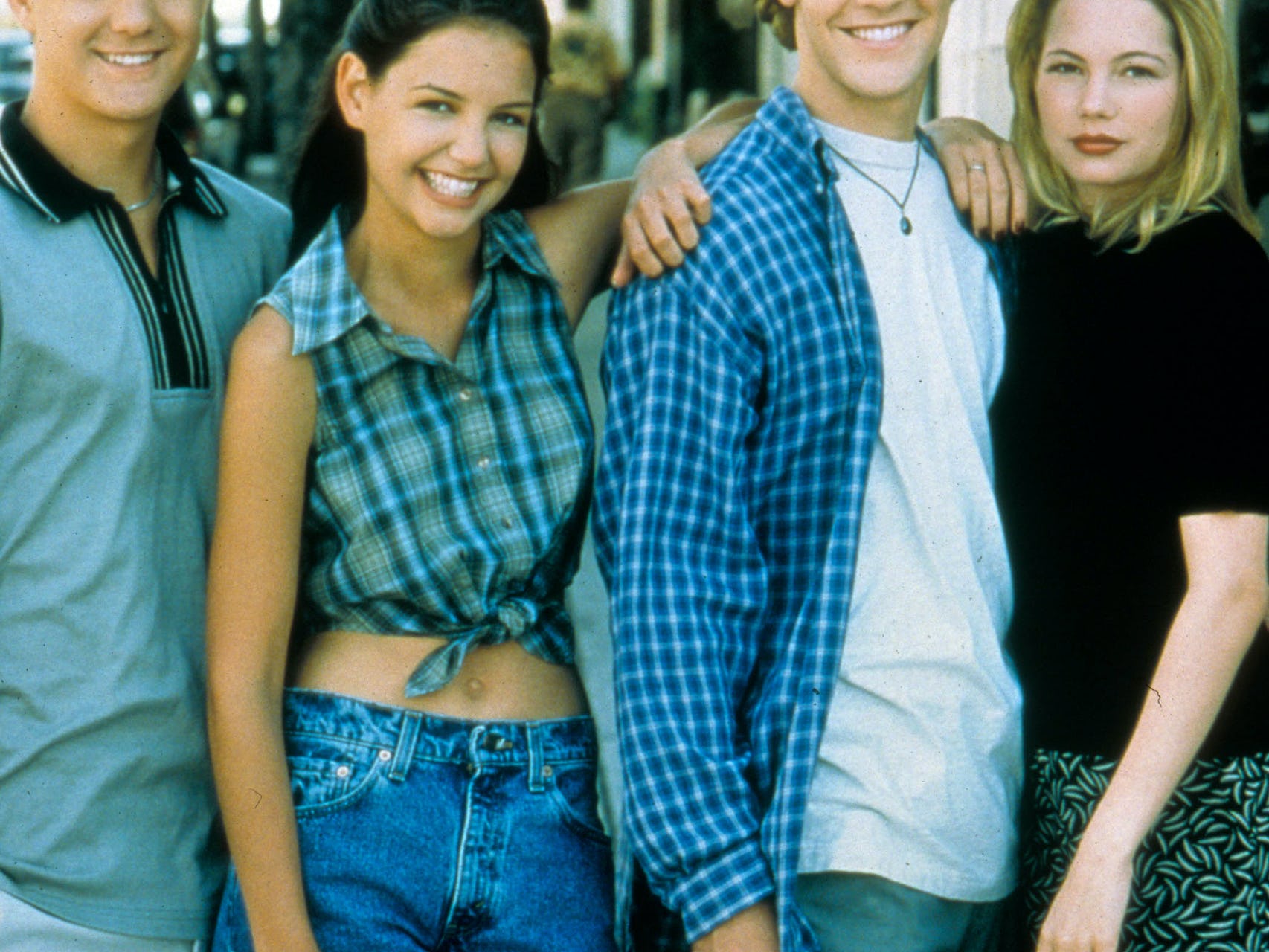
If you are a Netflix addict, you might be wondering which TV shows make you happy. I don't suggest you quit Netflix. However, I don't think there are many shows that make my happy. Here are four shows I love: Parks and Recreation; Everything Sucks!; Fab Five and Terrace House. These shows all share one thing: they make you laugh. These shows are very popular.
Terrace House
Terrace House, a Japanese reality show, is available on Netflix. The series is a hit worldwide and has returned with a new season. This episode is currently available on Netflix Japan. It will be available worldwide in March. What is the secret to Terrace House's popularity? In this article we will look at some of its best features.

Parks and Recreation
Netflix's TV lineup has Parks and Recreation and Modern Family. It also features Parks and Rec. Unfortunately, it will not survive its seventh season on NBC. It is well-respected for its sharp writing and sharp political commentary. However, it's low ratings are a sign that it won’t be renewed. It's still a great way to be happy indoors.
Fab Five
Despite their quirky names and happy TV shows, the Fab Five are not your average group. They are able to help people get through life's challenges. The Fab Five are more than happy to help people find their happy places and make them a little better every season. From helping a heart transplant patient come to terms with his new condition to rediscovering his sense of self-worth, the Fab Five is there to provide support.
Everything is Sucking!
"Everything Sucks!" This is a remake the 1990s teen comedy "Everything Sucks!" This new version is set at Boring in Oregon. It features three misfit teens. Luke, an introverted genius, and McQuaid are gay high school students who love the Beaver mascot. The show makes it clear about the problems and difficulties its characters face, with the occasional homophobic joke.

The Simpsons
The Simpsons are one of the most popular Happy TV series. This animated cartoon features a variety of happy characters that bounce off of each other. Bart, Marge, and Lisa are all incredibly endearing, but the show has its share of zany moments, too. In "The Book Job," Lisa discovers that her favorite children's author is a fake. The book was written by several marketing geniuses, including the actress who plays the role of the author. The twist in the story is that Homer and Bart are involved in a scheme to get rich quick. This revelation leads her to recruit Moe, Skinner and Frink to create The Perfect YA Novel.
FAQ
Are TV commercials targeted at target audiences?
It is important to understand what people are doing at the moment you're viewing an advertisement.
Also, you can advertise during football games if your goal is to reach football-loving people. You can reach people who watch movies on Friday night by advertising during movie times.
You can reach people at dinner by advertising on prime-time TV.
Knowing what people do to your ads is key. It means being able to see what programs they are watching.
Data is becoming increasingly available thanks to new technologies like DVRs and streaming video.
Remember that everyone is unique and has different preferences. It is impossible to predict what program someone will see next.
This is why it's so important to test different types ads. Based on real-world feedback you will discover what works the best.
How TV ads are measured?
Advertisers gauge the effectiveness and reach of their advertising by measuring the amount of people who view it. They also determine if they have reached the target market.
Surveys are used to ask viewers if they recall seeing the ad. They know that they were exposed to the advertisement if they answer yes.
If they respond no, they know they weren’t exposed to the advertisement. This indicates how effective the ad reached its target market.
What type advertising is on TV?
Television is a medium of communication in which images are used to communicate messages. It is the most popular medium of communication in the world. The television industry is worth over $100 billion dollars annually.
There are many different kinds of ads on television. These advertisements can be classified into two types:
-
Commercials (also called "TV commercials") are 30 seconds or more in length.
-
Programs/Series (also known as "programming") These programs typically last around 20 minutes. Some programs can be shorter.
Commercials are shown during commercial breaks, which are normally between every half hour of programming. These commercials can also be shown at times when there are no programs being broadcast. These include infomercials and before and after programs, as well as public service announcements.
Programs are the core of any channel. There are usually several series that air each week on most channels. Some networks only show one series per day. Some networks will air multiple series at once. Some channels focus on news, movies, and sports events.
Since its inception, advertising on television has evolved significantly. Television was originally used primarily for entertainment purposes in 1950s. Television was primarily used for entertainment purposes in the 1950s. People would watch programs like I Love Lucy, Father Knows Best and Gunsmoke before going outside to play with friends. As technology progressed, so did the use of television for information. To buy a new car, someone could simply watch an advertisement to see the features available.
What is the cost of producing a commercial?
Producing a commercial is expensive. The amount depends on the length of the spot, the number of actors involved, the location where the shoot takes place, etc.
A 30 second commercial generally costs $20,000 to $40,000.
TV for business:
Yes, TV can be a great tool for businesses. It helps businesses reach more customers.
For example, when you sell your house, you put up signs all over town. You can also advertise in local newspapers such as the paper, the real property section, or the classifieds.
Online advertising is possible through social media sites such as Facebook and other websites.
You don't need to worry about posting messages, creating articles or putting up signs on TV.
Instead, relax and allow someone else to do all the work.
This way you can get the best results without spending a lot of money on marketing campaigns.
Statistics
- Radio is extremely accessible – 95 percent of cars have radios, and 99 percent of homes have radios. (marketingevolution.com)
- In fact, 76% of people completely skip the commercials while watching their programs. (qualitylogoproducts.com)
- This includes 97 percent of Gen X, and 95 percent of Millennials. (marketingevolution.com)
- Television is a great brand awareness tool - Almost every American has a television, with 83 percent of adults having two or more, and American households keep their televisions on for 8.1 hours each day on average. (marketingevolution.com)
- In fact, when the ad first launched, Dos Equis quickly became one of the fastest-growing beers, increasing its sales by over 22%. (qualitylogoproducts.com)
External Links
How To
How do I create my first TV Commercial?
First, determine the target audience. Do you want to attract new customers or are you targeting existing clients? Or are you targeting existing clients? If your video is intended to bring in new customers, it should be informative and entertaining. On the other hand, if you're targeting existing clients, your video needs to focus more on selling your product or service.
Once you've determined the audience you wish to appeal to, it's time for you to consider what message you want. Do you want people to laugh? Be serious? Or maybe you want to encourage them to buy something?
Next, choose whether you want voiceover. Voice-overs are great because they allow you to deliver your message without actually seeing yourself. They can also sound silly. It's possible to write your script, even if you don’t like voiceovers.
The last thing you should do is decide what type of camera angle to use. You have many options.
Now that you have all the information, it is time to start making your first TV Commercial.